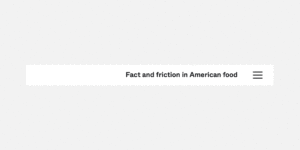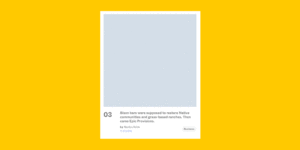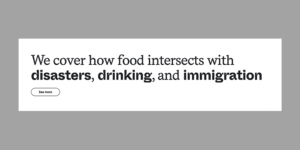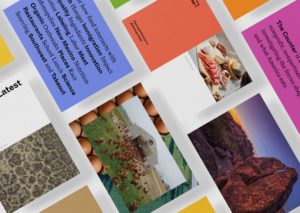
The Counter
Fact and Friction in American Food
Our Role
Brand Identity, Brand Writing, Digital Publishing, Naming, Research and Strategy, Responsive Web Design and Development, UI / UX Design
Collaborators
Robbie Sherrard

Food news for a nation with a lot on its plate
Founded by Jeffrey Kittay, the creator and editor of the legendary magazine Lingua Franca, The Counter (previously New Food Economy) had been in digital circulation for four years by the time it approached Athletics. Its journalists had broken stories on issues ranging from CRISPR technology to the rise of young and minority farmers, published pieces in partnership with The Atlantic, The Intercept, and The Guardian, and beaten major publications like The New York Times and NPR to press on critical stories—sometimes by months.

Intersecting ideas and colliding concepts
Armed with a new name, we designed a visual identity inspired by the intersection of food and the environment, business, politics, technology, and culture—the Counter’s five core content pillars. Among other tactics, the system employs clever typography, dynamic photography, and striking color to convey this concept. Two distinct typefaces hint at a collision of ideas, while allowing the organization to signal shifts in tone: urgency with a bold san-serif, or editorial seriousness with a sophisticated serif.
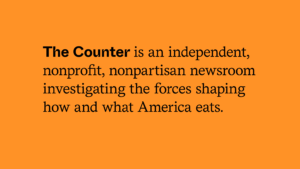

From the frontlines of American food
On The Counter’s fresh new digital platform, designed and developed by Athletics, a new homepage and navigation conceit initiate readers into the newsroom’s dynamism at the very first bite. Streamlined around our five content pillars, we made it easy to identify reporting that speaks to the reader, encouraging them to keep exploring with related articles and extended series.
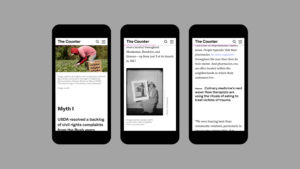
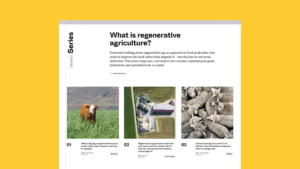


From the ground up
Our teams defined the brand strategy through a series of workshops, determining that the newsroom’s higher purpose is to “help readers understand the changing landscape of food, so we can all make informed choices as consumers and citizens.” Its proposition was distilled to “rigorous reporting on how the environment, business, politics, technology, and culture influence how and what we eat,” which defined our content pillars.
